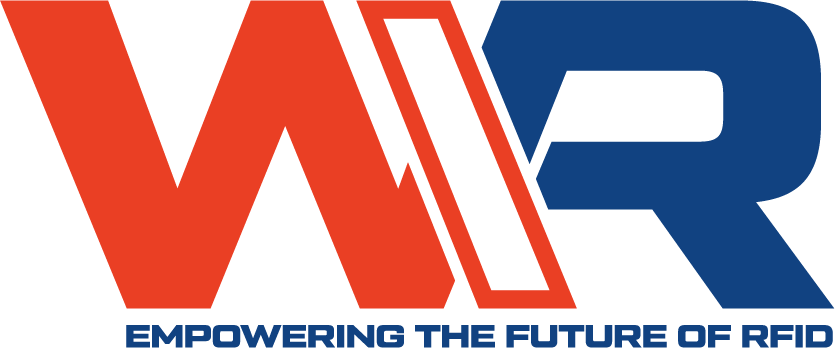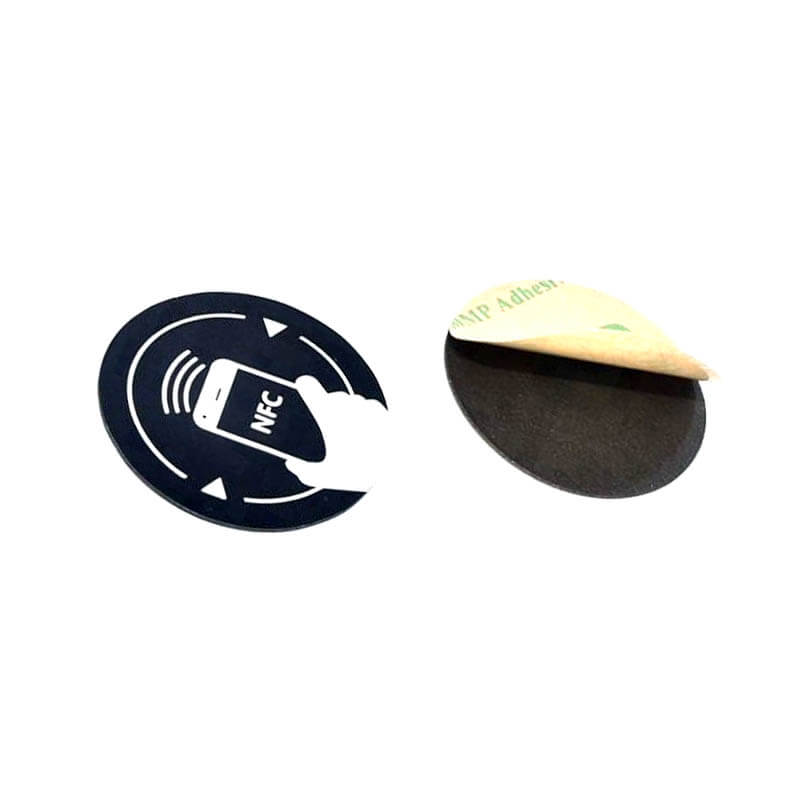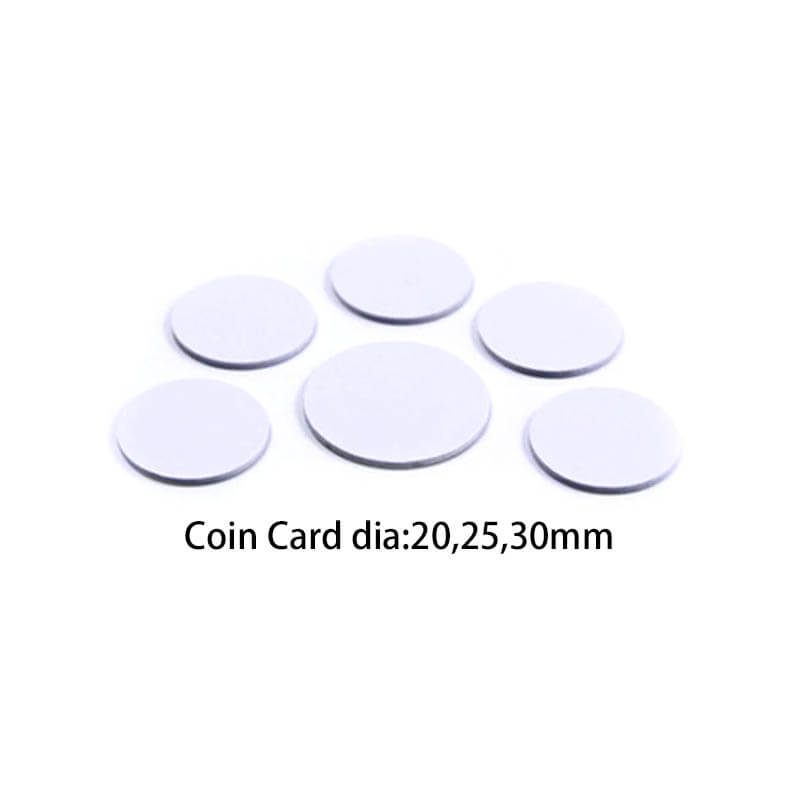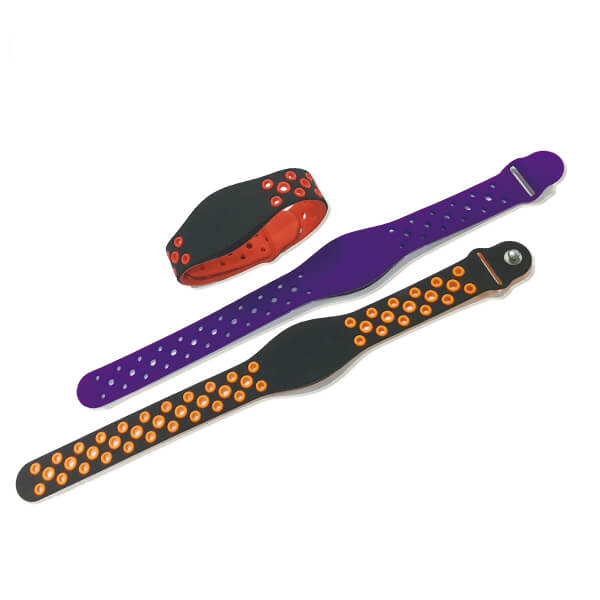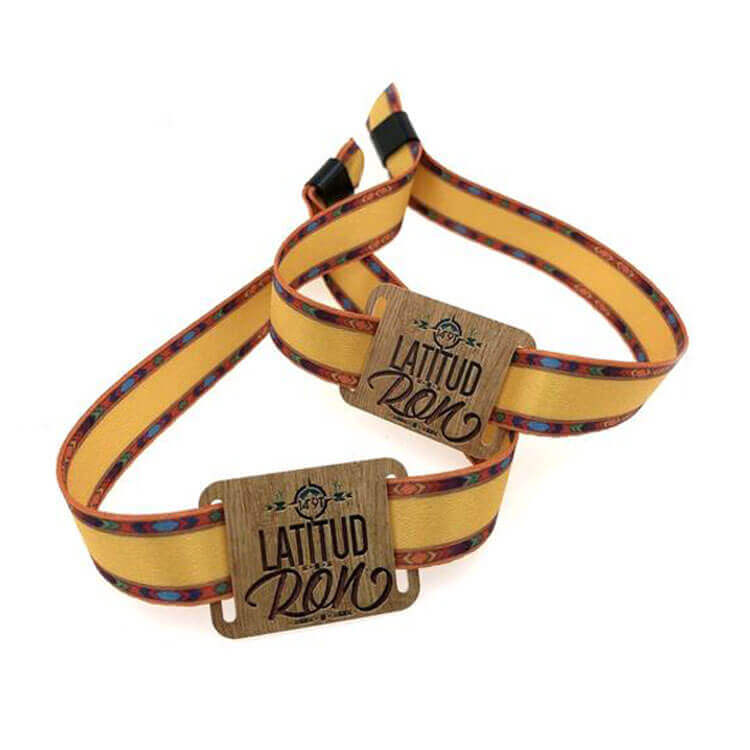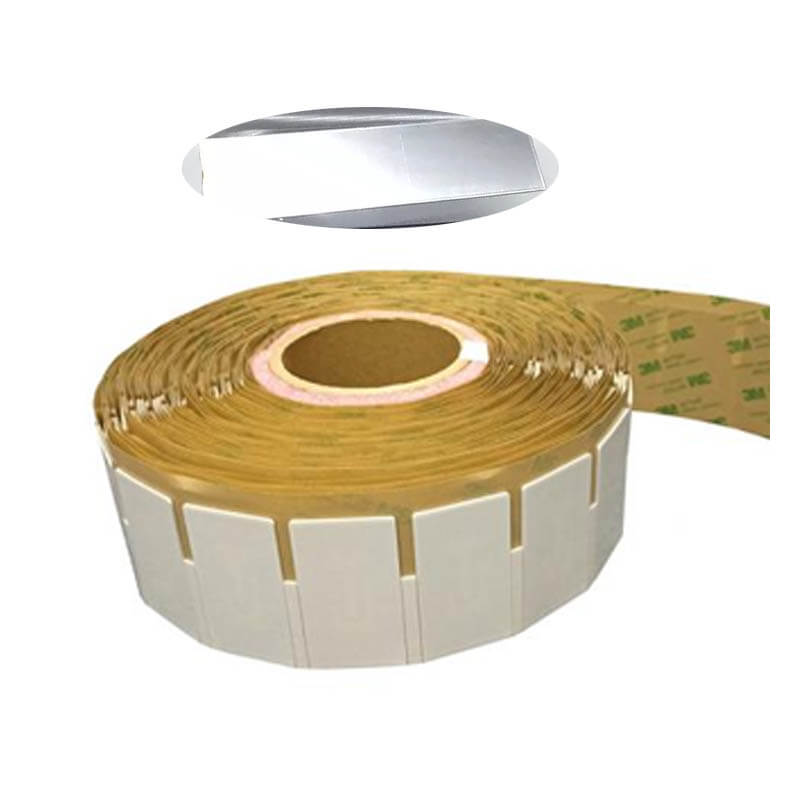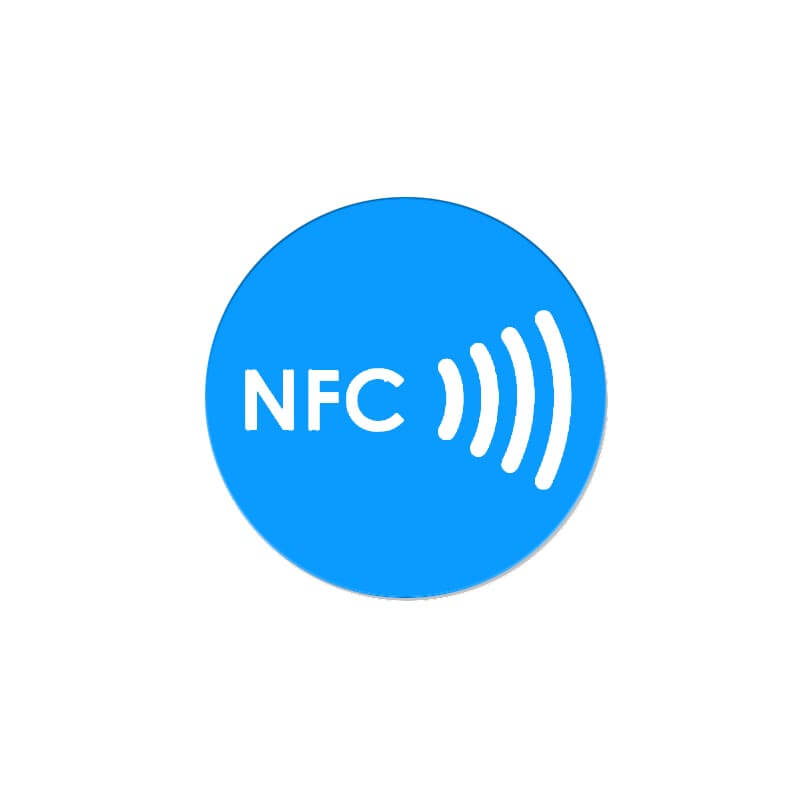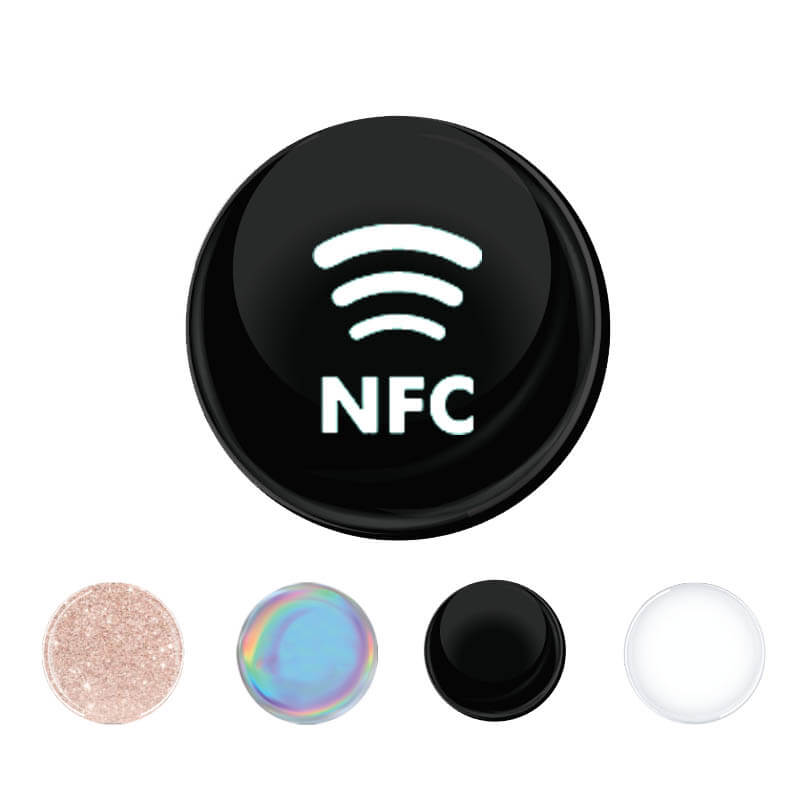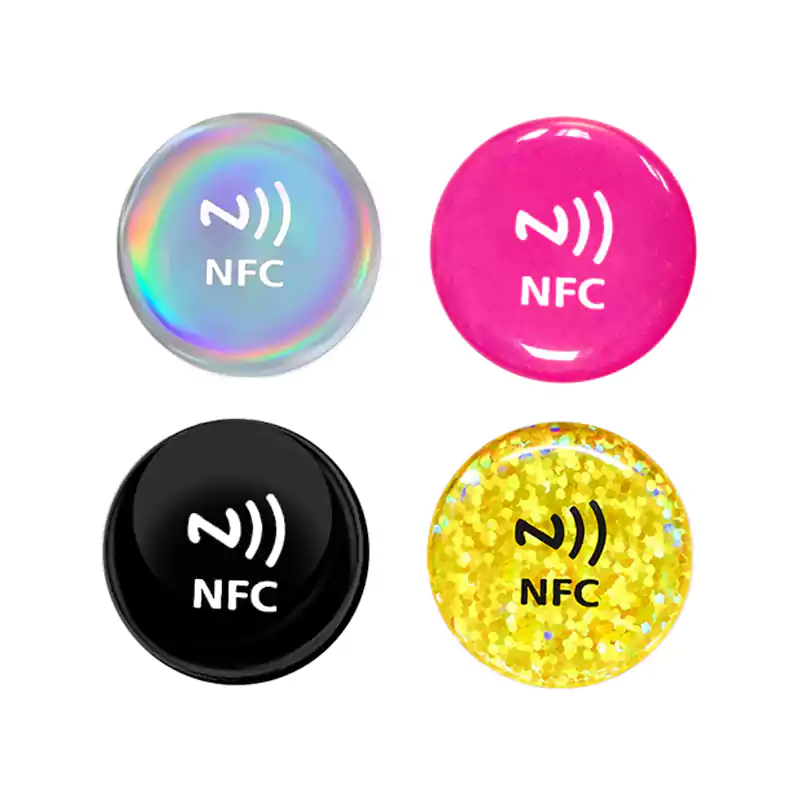With RFID asset management, you can track everything from laptops to warehouse inventory with a quick scan. Radio Frequency Identification (RFID) is a game changer, automating tracking, reducing errors and saving time. Whether you’re in healthcare, manufacturing, or retail, RFID tags and readers make asset management a breeze. In this guide, we’ll take a closer look at how RFID works, what the benefits are, and how to implement RFID for your organization.Ready to streamline operations and increase efficiency? Let’s enter the world of RFID asset management!
What Is RFID Asset Management?
RFID, or Radio Frequency Identification, uses electromagnetic fields to track assets automatically. You attach a small RFID tag—loaded with data like asset ID, location, or condition—to equipment, tools, or inventory. These tags communicate with RFID readers, which capture and send data to asset management software. Unlike barcodes, RFID doesn’t need line-of-sight, so you can scan multiple tags at once, even through materials like plastic or cloth. This makes it perfect for real-time tracking in busy environments like warehouses or hospitals.
Why Choose RFID for Asset Tracking?
RFID is a powerhouse for businesses juggling lots of assets. Here’s why it’s a go-to solution:
- Real-Time Visibility: Know exactly where your assets are, 24/7. No more guessing or manual searches.
- Accuracy Boost: Companies using RFID see inventory accuracy jump from 63% to 95%. Say goodbye to human errors from spreadsheets
- Time Savings: Scan hundreds of assets in seconds with handheld or fixed readers, cutting audit times by up to 80%.
- Cost Efficiency: Passive RFID tags start at just $0.08, and automation reduces labor costs significantly.
- Scalability: From small businesses to global enterprises, RFID systems grow with you.
Types of RFID Tags: Active vs. Passive
RFID tags come in two main flavors:
- Passive Tags: No battery, powered by the reader’s signal. They’re cheaper, smaller, and great for inventory or equipment tracking where real-time isn’t critical. Think retail stock or office supplies.
- Active Tags: Battery-powered, with longer read ranges (up to 100 meters). Perfect for tracking high-value assets like vehicles or medical equipment in real time. They’re pricier but ideal for dynamic environments.Choosing the right tag depends on your needs—passive for cost savings, active for constant monitoring.
How RFID Asset Management Works
Here’s the simple breakdown:
- Tag Your Assets: Attach RFID tags (passive or active) to items. Each tag holds unique data, like a serial number or location.
- Deploy Readers: Use handheld readers for mobile scanning or fixed readers at doorways for automatic tracking.
- Connect to Software: Readers send data to asset management software, which updates your inventory in real time.
- Analyze and Act: Use the software to monitor asset locations, track movements, or schedule maintenance.This setup eliminates manual logging, letting you focus on running your business.
Steps to Implement RFID Asset Management
Ready to get started? Follow these steps:
- Assess Your Needs: Identify what assets you’re tracking (e.g., IT equipment, tools, or inventory) and your goals (e.g., reducing loss or speeding audits).
- Choose the Right Tags: Pick passive tags for static items or active tags for real-time tracking. Ensure tags suit your environment (e.g., durable tags for harsh conditions).
- Select Readers and Software: Go for trusted providers like HID Global or Asset Infinity. Handheld readers work for small setups; fixed readers suit large warehouses.
- Integrate with Systems: Ensure your RFID software syncs with existing ERP or inventory systems for seamless data flow.
- Train Your Team: Teach staff how to use readers and interpret data. Proper training ensures smooth operation.
- Test and Scale: Start with a pilot in one department, then expand as you see results.
Industry Applications of RFID Asset Management
RFID shines across sectors:
- Healthcare: Track medical equipment, like wheelchairs or IV pumps, to ensure availability and compliance.
- Manufacturing: Monitor tools and work-in-progress materials to optimize production and reduce downtime.
- Retail: Streamline inventory checks and prevent stockouts, with 99% accuracy in stock counts.
- Logistics: Track shipments across supply chains, catching delays before they cost you.
- IT: Manage laptops, servers, and devices to reduce loss and ensure compliance.For example, Delta Airlines uses RFID to track assets across campuses, saving time and boosting efficiency.
Benefits of RFID Over Traditional Methods
Compared to barcodes or spreadsheets, RFID is a no-brainer:
- No Line-of-Sight Needed: Scan through boxes or walls, unlike barcodes.
- Bulk Scanning: Read hundreds of tags at once, slashing audit times.
- Automation: Real-time updates cut manual data entry, reducing errors.
- Durability: RFID tags withstand harsh conditions, from freezing cold to extreme heat.Excell, a company using Wasp’s RFID solution, cut audit times by 80% and saved thousands in labor costs.
Challenges and How to Overcome Them
RFID isn’t perfect, but here’s how to tackle common issues:
- Cost: Tags and readers can be pricey (e.g., handheld readers start at $1,000). Start small with passive tags to keep costs low.
- Interference: Metal or liquid can disrupt signals. Use on-metal tags like HID’s IQ On-Metal Label.
- Data Security: RFID tags can be read by anyone with a compatible reader. Use encryption and limit tag data to essentials.
- Setup Complexity: Integration takes time. Partner with experts like Asset Infinity for smooth implementation.
Choosing the Right RFID Solution
Picking a provider is key. Look for:
- Customizable Tags: HID Global offers tags for any environment, from low-frequency to UHF.
- Scalable Software: Solutions like Asset Infinity or TagMatiks integrate with ERP systems and scale with your business.
- Support: Providers like Grey Trunk offer top-notch customer service for setup and beyond.Test providers with a free trial or demo, like those offered by Asset Vue or Wasp Barcode.
The Future of RFID Asset Management
RFID is evolving fast. By 2029, the vehicle RFID tag market could hit $3.2 billion, driven by IoT integration and smarter tags. Expect more automation, better analytics, and wider adoption in retail, healthcare, and logistics. Staying ahead means adopting RFID now and tweaking it as tech improves.
Get Started with RFID Today
RFID asset management is your ticket to less chaos and more control. From slashing audit times to preventing asset loss, it’s a proven way to boost efficiency. Start small with a pilot, choose reliable providers like HID Global or Asset Infinity, and watch your operations transform. Got questions or ready to dive in? Contact an RFID expert for a free consultation and take the first step toward smarter asset tracking!
Related articles:
- What is RFID Asset Tracking & How Does It Work?
- Use of RFID Technology in Hospitals – 7 Things You Can Track
- A Guide to RFID Tags Types And What are they Difference
- 10 Ways RFID Technology is Already in Your Life!
- RFID on Metal: A Few Things You Should Know about RFID and Metal Surfaces
- Tool Tracking – RFID Tags for Tools
